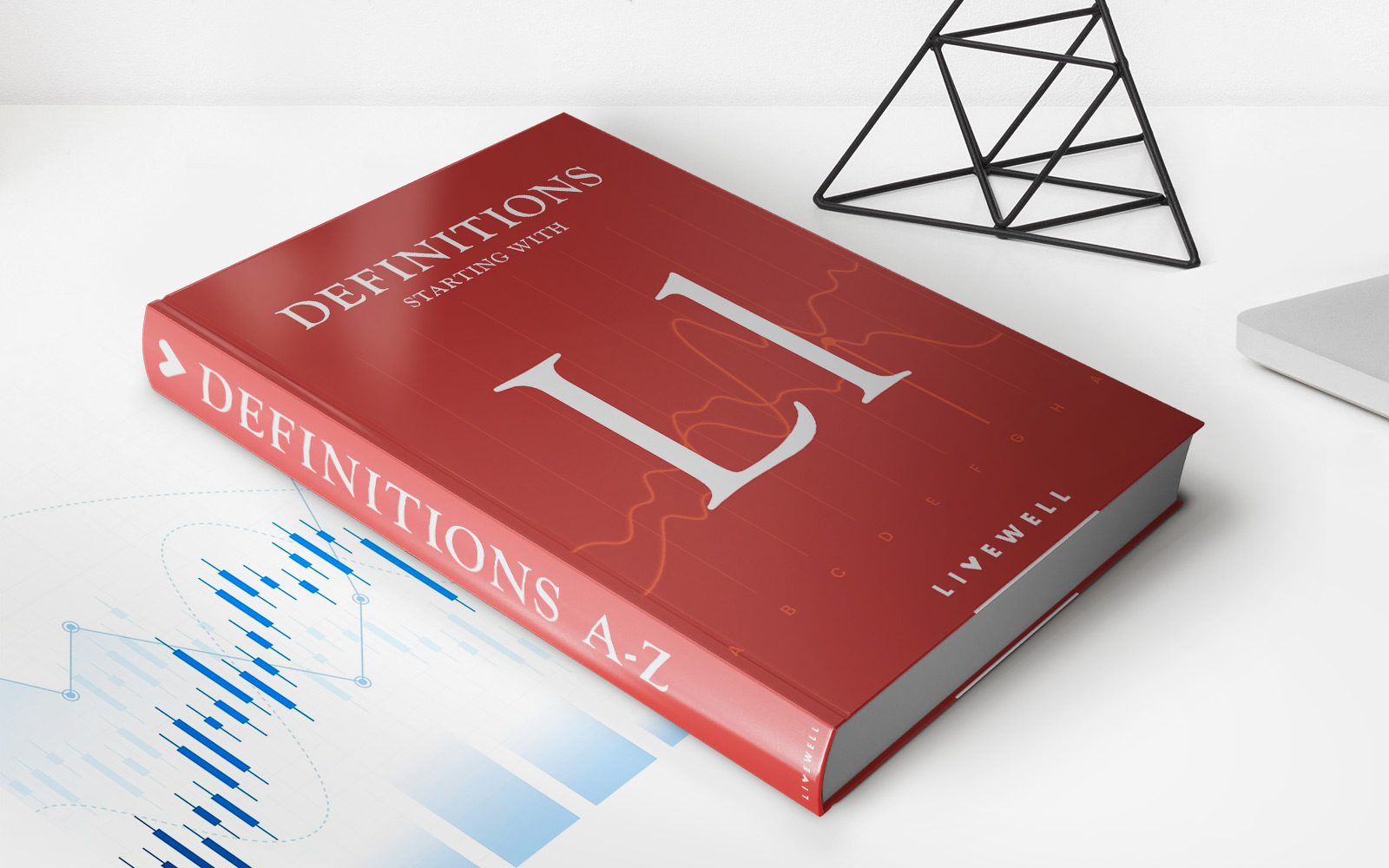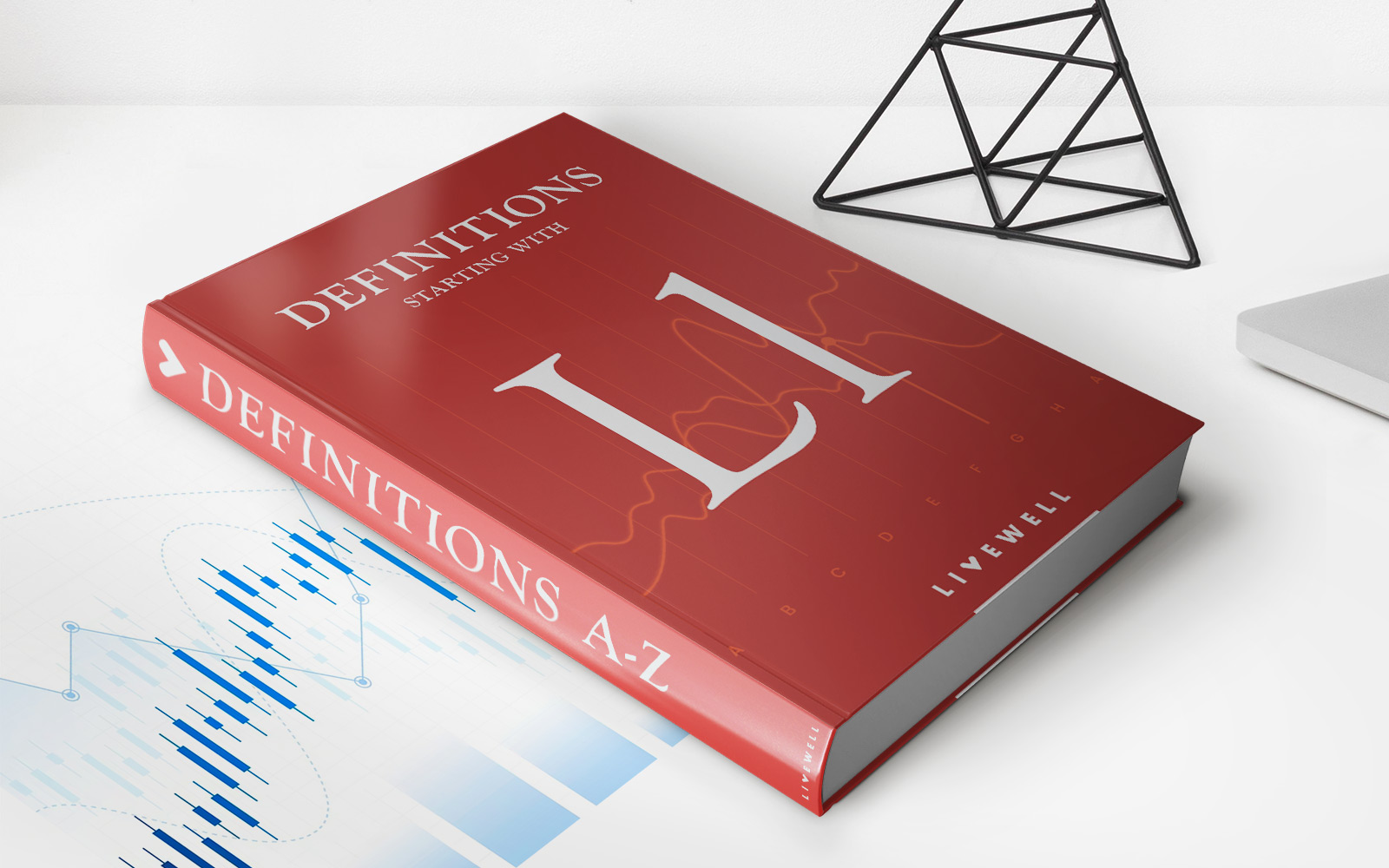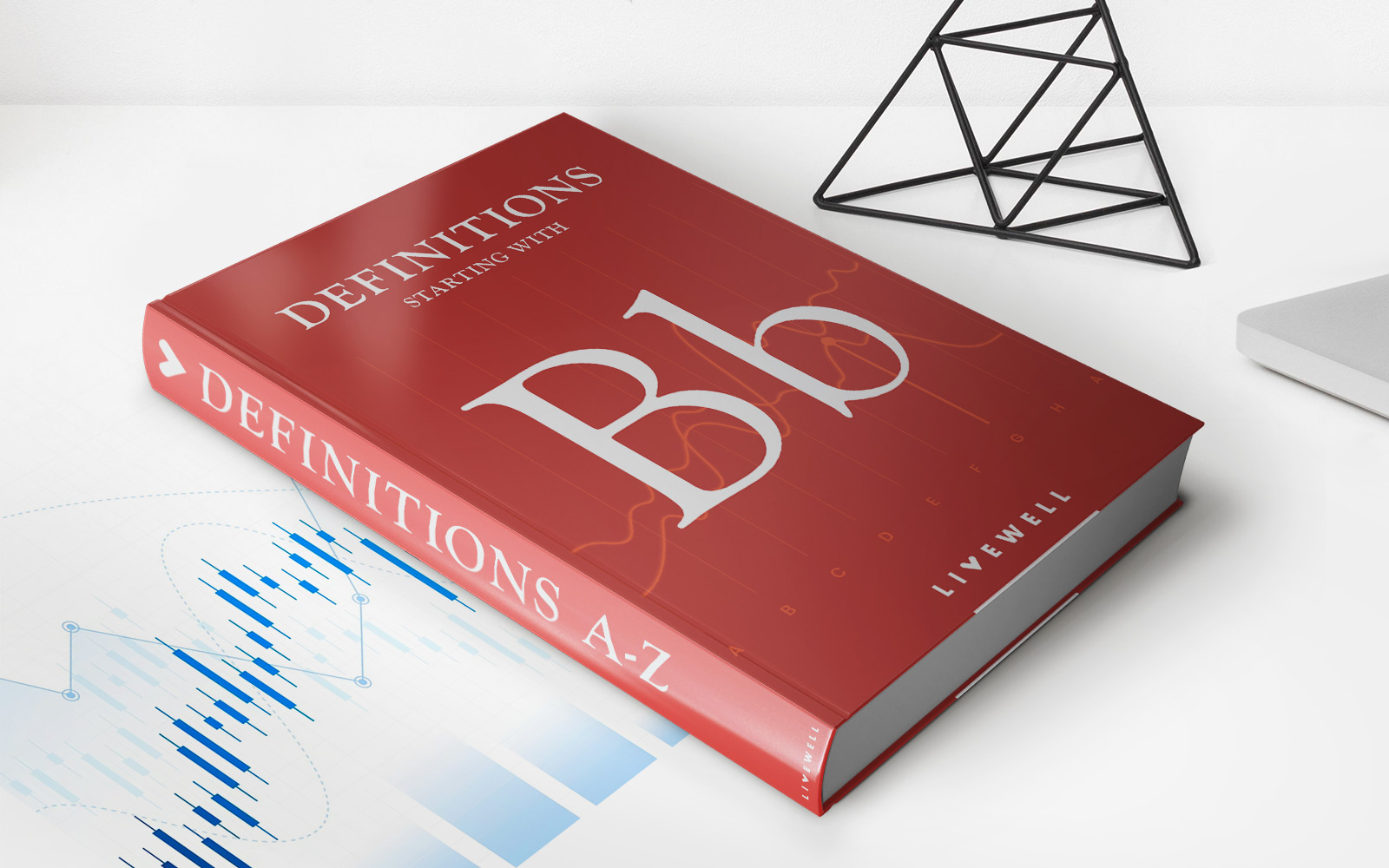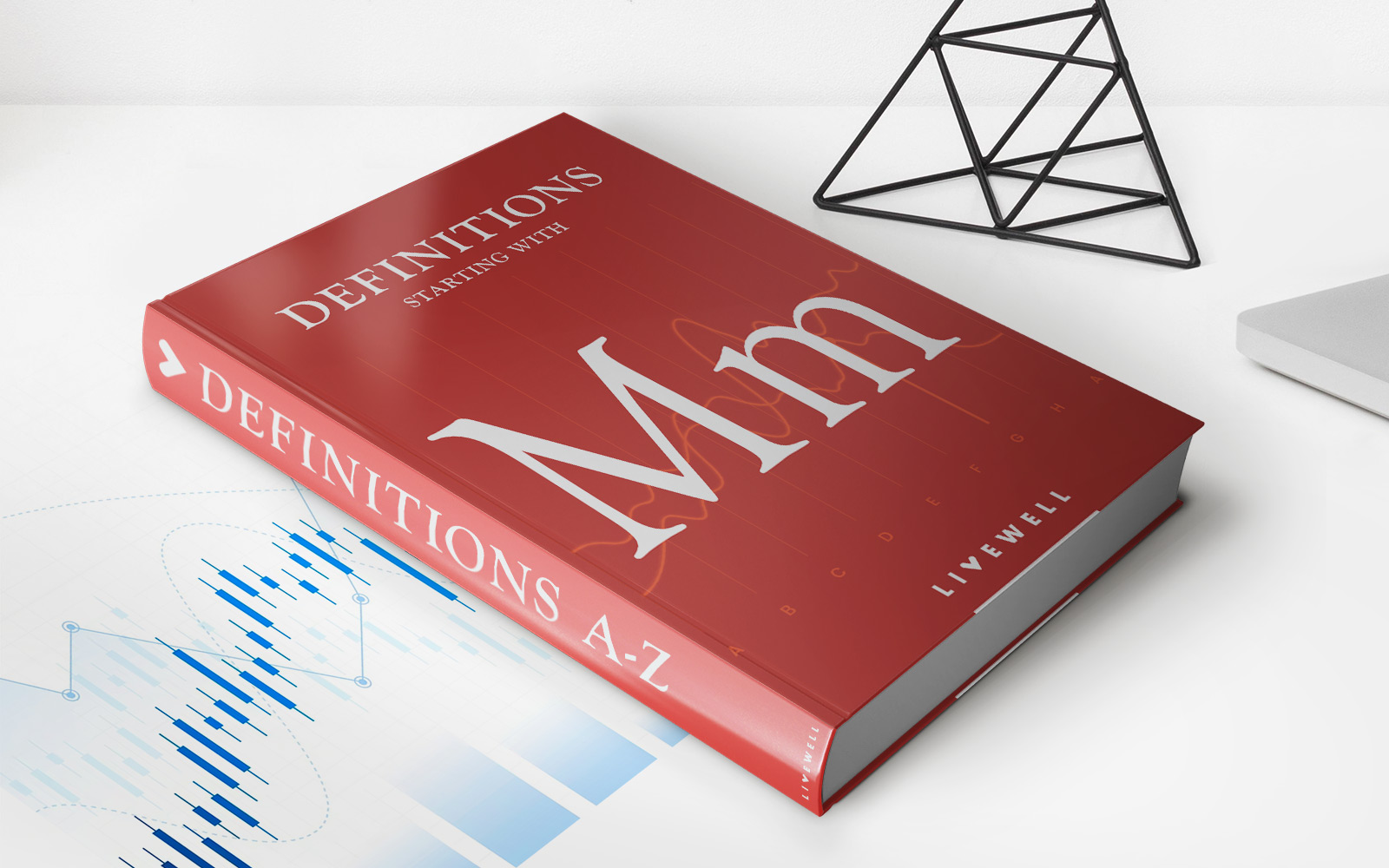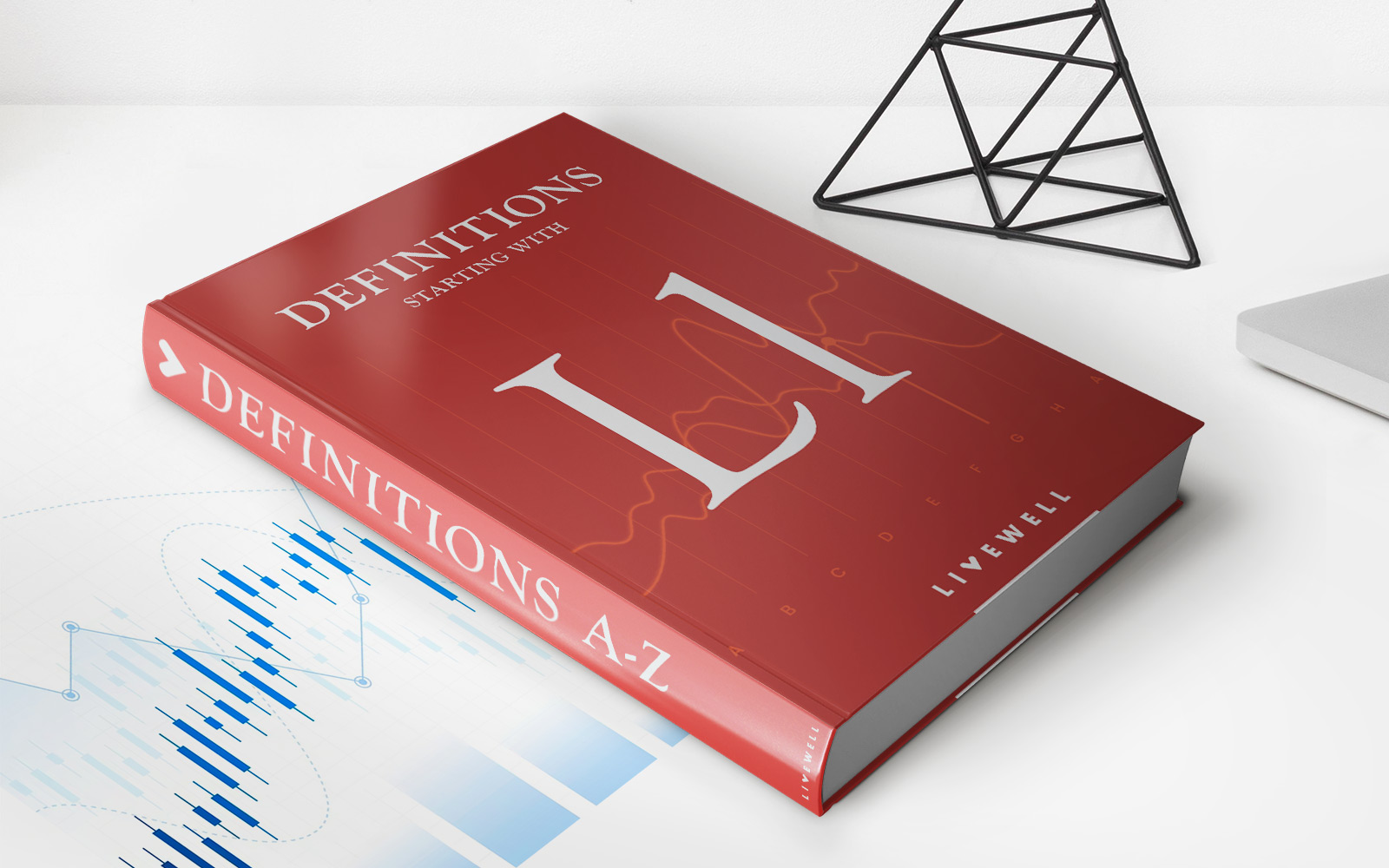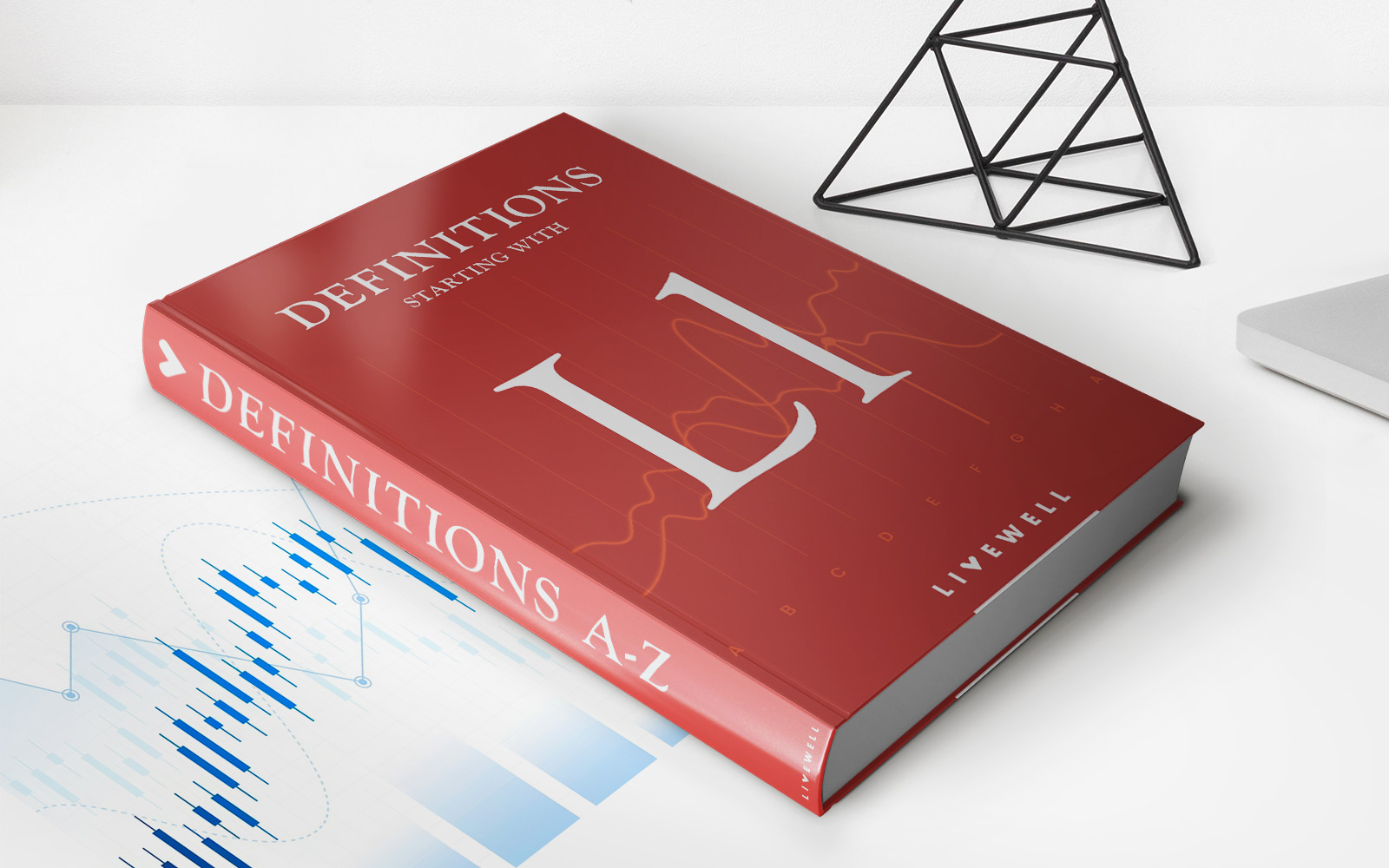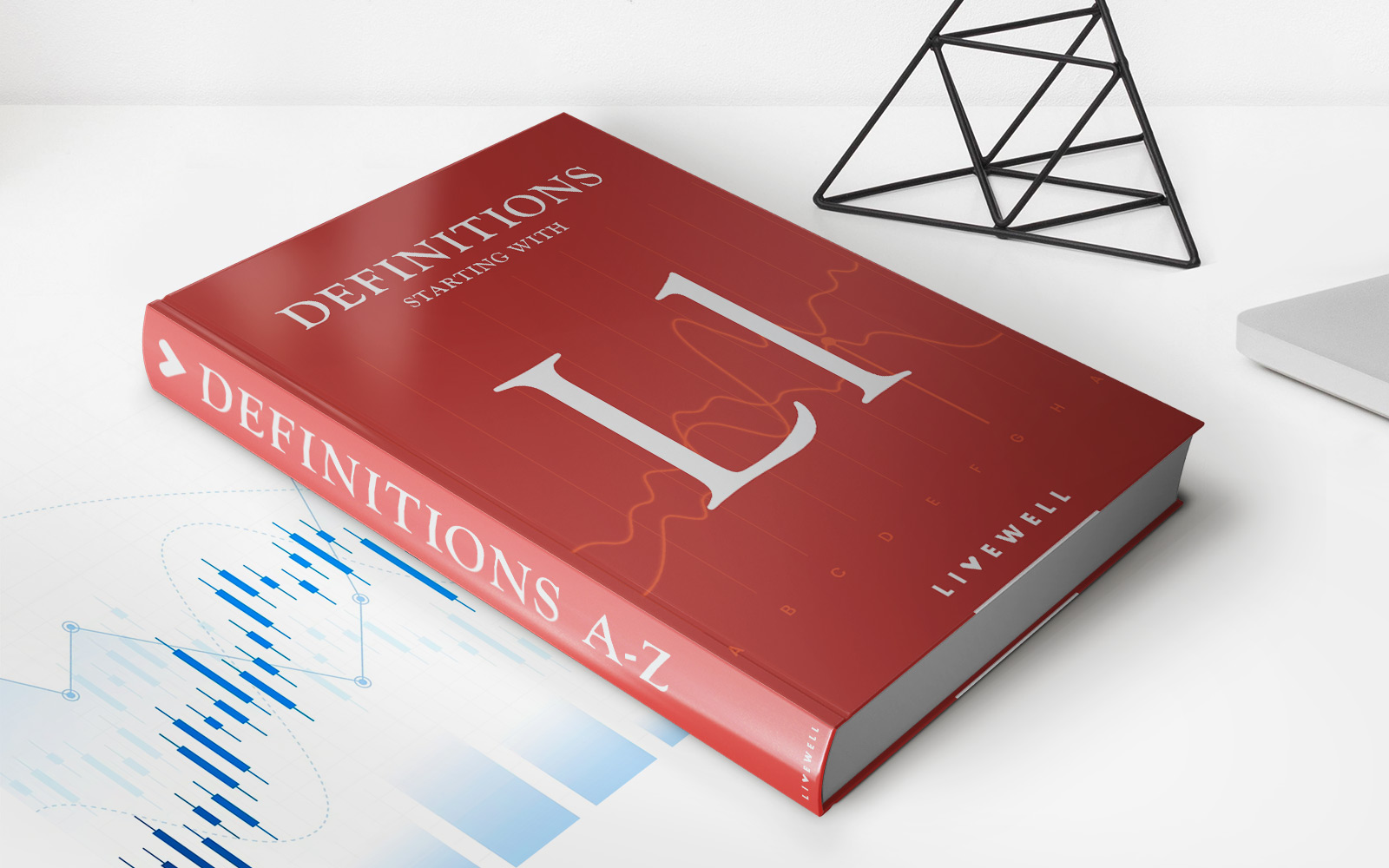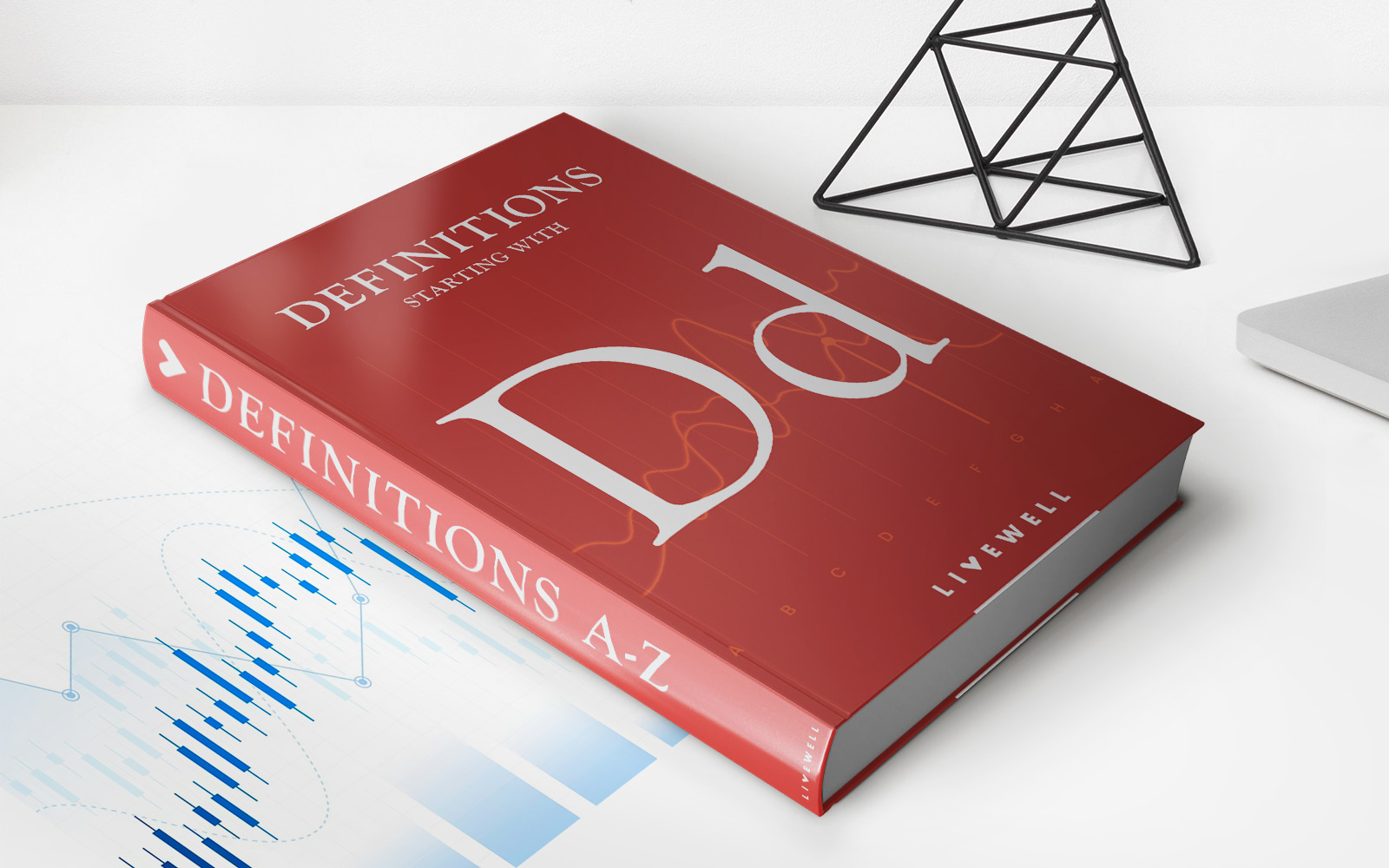

Finance
Drop Lock Definition
Published: November 14, 2023
Looking for the definition of Drop Lock in finance? Get a concise explanation of this term and its implications in the financial industry.
(Many of the links in this article redirect to a specific reviewed product. Your purchase of these products through affiliate links helps to generate commission for LiveWell, at no extra cost. Learn more)
Understanding Drop Lock Definition: A Comprehensive Guide
Welcome to our Finance blog! In today’s post, we will explore the intriguing concept of drop lock definition, a term commonly used in financial circles. If you’ve ever wondered what drop lock means and how it can impact your financial decisions, you’ve come to the right place. Let’s dive in and demystify this fascinating concept.
Key Takeaways:
- Drop lock definition: Drop lock refers to a financial mechanism that allows borrowers to switch from a variable rate to a fixed rate at any time during the loan term.
- Flexibility and protection: Drop lock offers borrowers the flexibility to take advantage of favorable interest rate conditions while providing protection against potential rate hikes.
Now that we have our key takeaways, let’s delve deeper into understanding what drop lock definition entails and how it can be beneficial to borrowers.
What is Drop Lock Definition?
At its core, drop lock definition refers to a financial mechanism that grants borrowers the option to convert their variable interest rate loan to a fixed rate loan at their discretion. This means that borrowers have the power to switch from a variable rate to a fixed rate during the term of their loan, without having to go through a refinancing process.
Traditionally, when you take out a loan with a variable interest rate, the interest rate fluctuates with market conditions. While variable rates can offer lower rates initially, they come with inherent risks. The drop lock feature offers borrowers protection against potential interest rate hikes by allowing them to lock in a fixed rate when they deem it favorable.
The Benefits of Drop Lock Definition
Why should borrowers consider opting for a drop lock feature? Let’s take a look at a few significant advantages:
- Flexibility: The drop lock feature empowers borrowers to switch from a variable interest rate to a fixed rate when it suits them best. This flexibility allows borrowers to take advantage of lower fixed rates without the hassle and costs associated with refinancing.
- Protection against rate hikes: By utilizing the drop lock option, borrowers can protect themselves from potential interest rate hikes in the future. This can provide peace of mind and stability in uncertain economic times.
- Cost savings: By securing a fixed interest rate when market rates are low, borrowers can potentially save money over the long term. Moreover, avoiding refinancing fees can lead to substantial cost savings in the short term.
- Peace of mind: The drop lock feature allows borrowers to mitigate the uncertainty and anxiety associated with variable interest rates. By converting their loan to a fixed rate, they gain predictability and peace of mind knowing their monthly payments won’t fluctuate.
It’s important to note that not all financial institutions offer drop lock options, so if this feature is of interest to you, it’s crucial to do thorough research and find a lender who caters to your specific needs.
In Conclusion
Drop lock definition provides borrowers with a valuable tool to maximize flexibility and protection in their loan agreements. By understanding this concept and its advantages, borrowers can make informed decisions that align with their financial goals and risk tolerance. Whether you’re considering a mortgage, personal loan, or any other form of borrowing, exploring drop lock options can potentially save you money and provide peace of mind. Take charge of your financial future and ensure you make the most of your borrowing experience.
